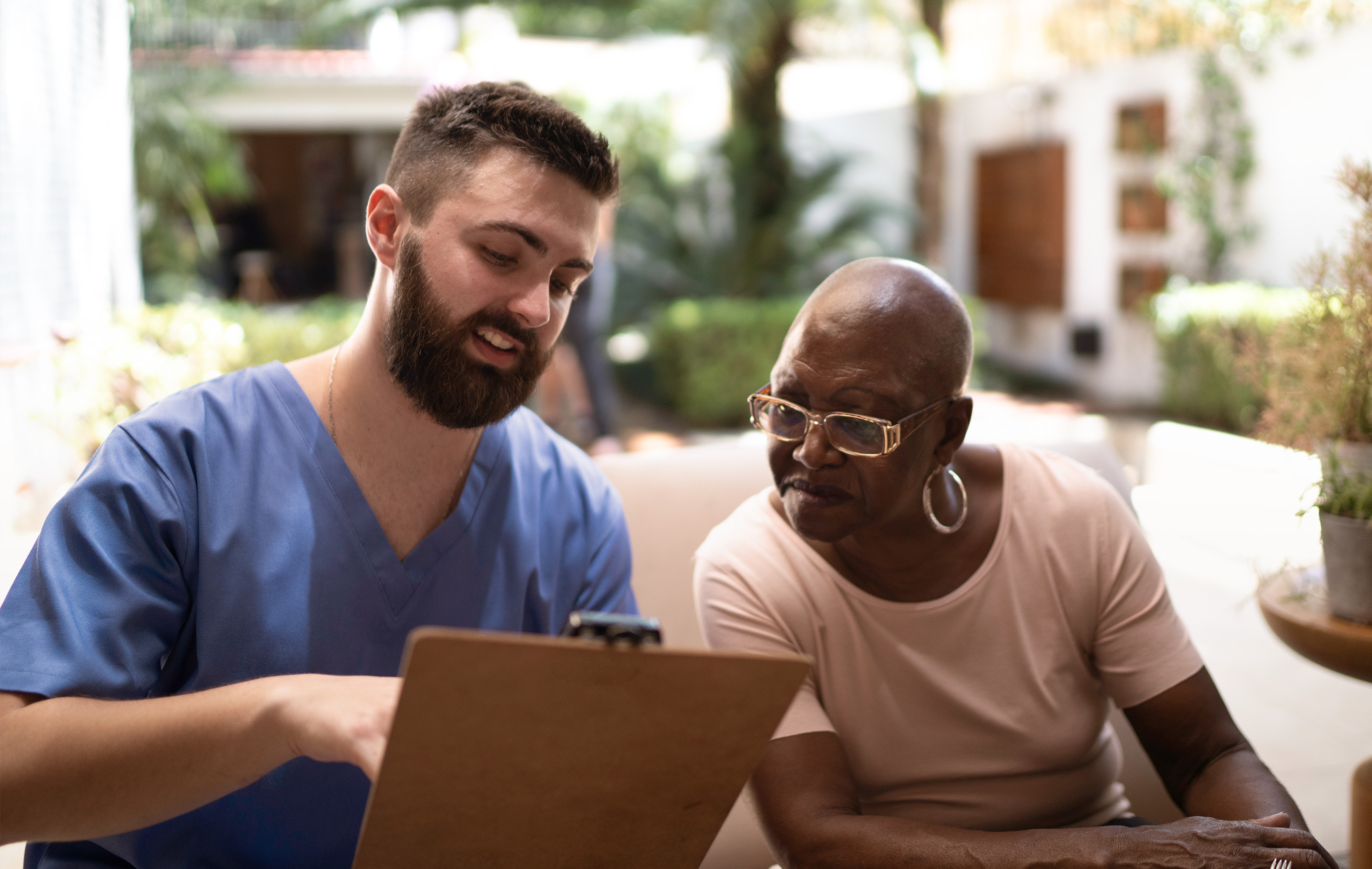Prescription drugs usually cost twice as much in the United States as in any other country. Among the most costly are biologics. These medications, which are derived from components of living organisms such as blood, cells, tissues or recombinant proteins, can be crucial in the treatment of complex, rare or genetic disorders.
At times, biologics are the only treatments available. Given their complex and costly development, combined with minimal competition, biologics often are extremely costly, up to $50,000 for a single dose. Treating one patient can cost hundreds of thousands of dollars per year. In 2019, the most recent data available, biologics accounted for $211 billion in U.S. prescription drug spending, 43% of the total spend.
One way to address the high costs of biologics is with the introduction of biosimilars, near-identical alternatives to FDA-approved biologics that can offer similar safety and effectiveness. By providing additional treatment options, biosimilar pharmaceuticals can create greater competition in the marketplace to help drive down biologic prices overall.
Recognizing this potential to curb rising prescription costs, the U.S. Congress passed the Biologics Price Competition and Innovation Act (BPCI Act) more than a decade ago to create a faster approval process for biosimilars to easily enter the pharmaceutical market. Yet availability has lagged in the U.S., primarily due to anticompetitive forces such as the construction of patent “thickets” by acquiring multiple U.S. patents on a single biologic in order to extend the length of protection. This ongoing litigation has also caused the U.S. to fall behind in the global biosimilar market, which is currently led by Europe, which had an estimated 87% of global sales and 60% market share in 2019.
But the tide is beginning to turn. As of January 4, 2021, according to AmerisourceBergen’s biosimilar report, which can be downloaded here, 20 biosimilars were on the market in the U.S., corresponding to nine brand-name reference biologics. Another nine biosimilars have Food and Drug Administration (FDA) approval but are not commercially available. In addition, 73 biosimilars are in the drug pipeline, corresponding to 24 brand-name reference biologics.
Over the next decade, we expect biosimilar production and market launches to continue to increase. The patents for 17 major biologics are set to expire over the next decade, opening the door for increased biosimilar competition. A recent Evernorth analysis estimates that this biosimilar competition can save the U.S. $225 billion to $375 billion in pharmacy spend by the year 20311.
The rise of competitive alternatives to high-cost brand-name specialty medications will play an important role in lowering pharmaceutical costs overall. It is important to foster this competition in order to offer patients the most clinically viable medication options at the lowest net cost.



